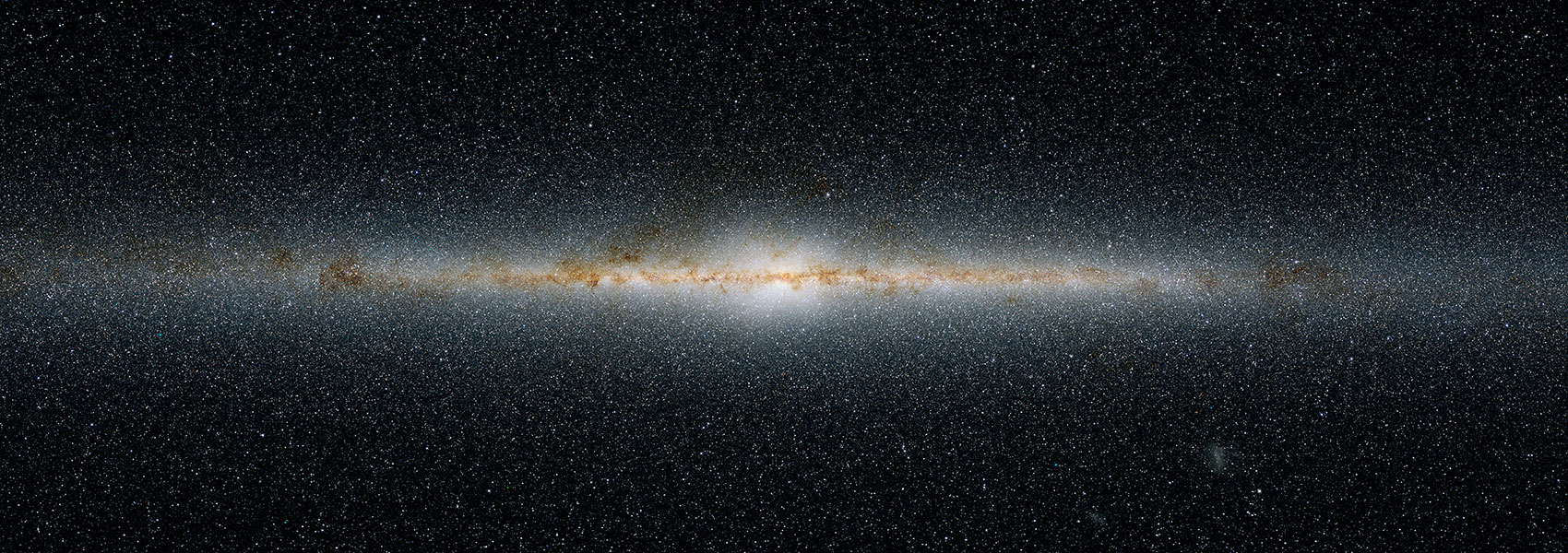November
2016
•
2016AJ....152..140B
Authors
•
Bhattacharya, A.
•
Bennett, D. P.
•
Bond, I. A.
•
Sumi, T.
•
Udalski, A.
•
Street, R.
•
Tsapras, Y.
•
Abe, F.
•
Freeman, M.
•
Fukui, A.
•
Hirao, Y.
•
Itow, Y.
•
Koshimoto, N.
•
Li, M. C. A.
•
Ling, C. H.
•
Masuda, K.
•
Matsubara, Y.
•
Muraki, Y.
•
Nagakane, M.
•
Ohnishi, K.
•
Rattenbury, N.
•
Saito, T.
•
Sharan, A.
•
Sullivan, D. J.
•
Suzuki, D.
•
Tristram, P. J.
•
MOA Collaboration
•
Skowron, J.
•
Szymański, M. K.
•
Soszyński, I.
•
Poleski, R.
•
Mróz, P.
•
Kozlowski, S.
•
Pietrukowicz, P.
•
Ulaczyk, K.
•
Wyrzykowski, L.
•
OGLE Collaboration
•
Bachelet, E.
•
Bramich, D. M.
•
D'Ago, G.
•
Dominik, M.
•
Figuera Jaimes, R.
•
Horne, K.
•
Hundertmark, M.
•
Kains, N.
•
Menzies, J.
•
Schmidt, R.
•
Snodgrass, C.
•
Steele, I. A.
•
Wambsganss, J.
•
ROBONET Collaboration
Abstract
•
We present the analysis of the planetary microlensing event OGLE-2014-BLG-1760, which shows a strong light-curve signal due to the presence of a Jupiter mass ratio planet. One unusual feature of this event is that the source star is quite blue, with V-I=1.48+/- 0.08. This is marginally consistent with a source star in the Galactic bulge, but it could possibly indicate a young source star on the far side of the disk. Assuming a bulge source, we perform a Bayesian analysis assuming a standard Galactic model, and this indicates that the planetary system resides in or near the Galactic bulge at {D}L=6.9+/- 1.1 {kpc}. It also indicates a host-star mass of {M}* ={0.51}-0.28+0.44{M}⊙ , a planet mass of {m}{{p}}={0.56}-0.26+0.34{M}J, and a projected star-planet separation of {a}\perp ={1.75}-0.33+0.34 au. The lens-source relative proper motion is {μ }{rel}=6.5+/- 1.1 mas yr-1. The lens (and stellar host star) is estimated to be very faint compared to the source star, so it is most likely that it can be detected only when the lens and source stars start to separate. Due to the relatively high relative proper motion, the lens and source will be resolved to about ∼46 mas in 6-8 yr after the peak magnification. So, by 2020-2022, we can hope to detect the lens star with deep, high-resolution images.
Links




